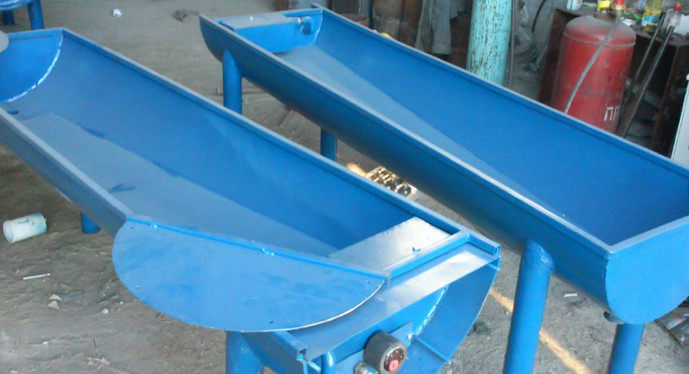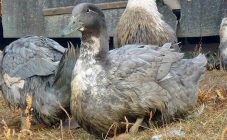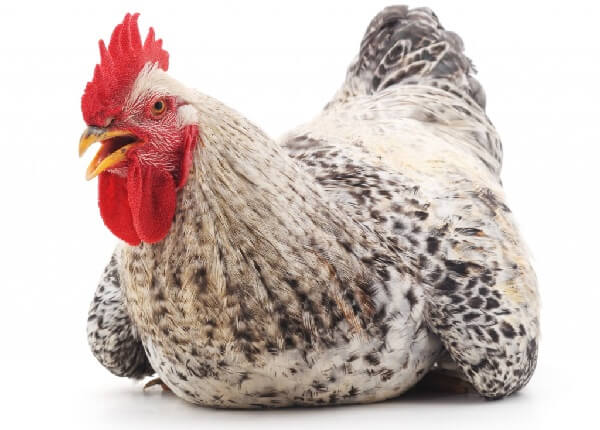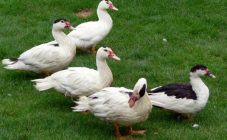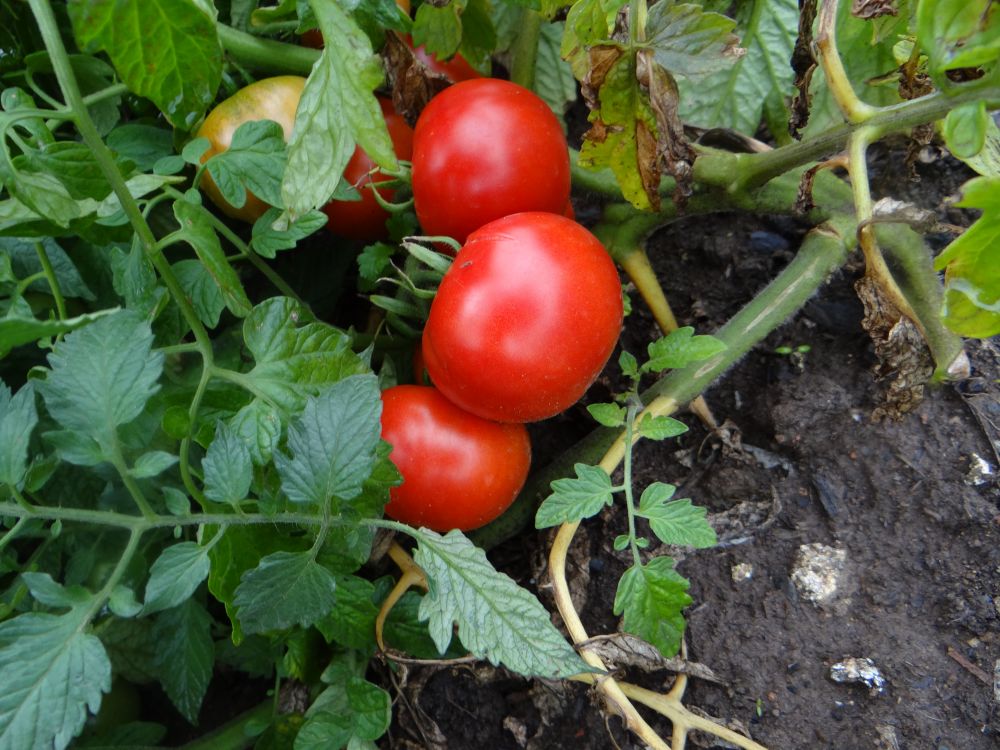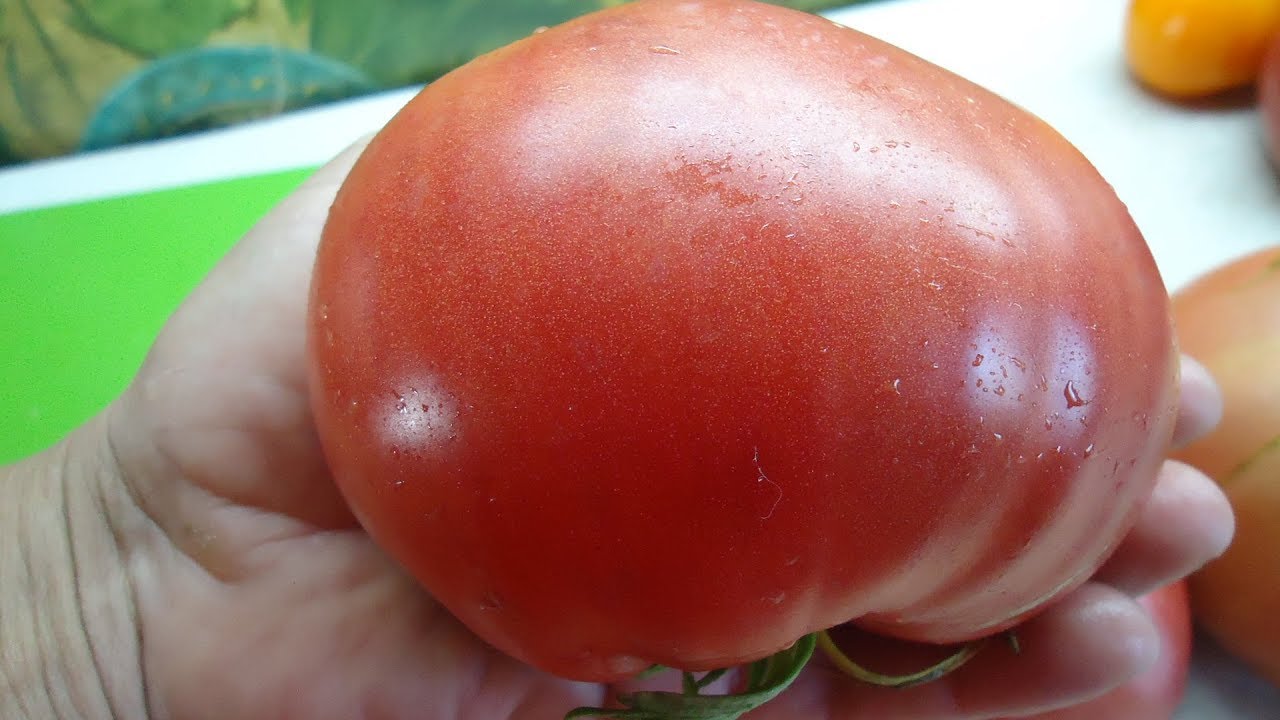Content:
There are dozens of different breeds of geese for household breeding. At the moment, a relatively young breed, known as the Governor's, is in great demand. Many farmers prefer these particular purebred birds due to their democratic cost and a number of advantages.
History of origin
It took 11 years for the specialists of the Kataysky goose-breeding complex (Makhalov pedigree plant), which is located in the Kurgan region, to breed the breed. They worked together with scientists from the All-Russian Scientific Research and Technological Institute of Poultry (VNITIP) and the Kurgan Agricultural Academy (GSKhA) named after V.I. T.S. Maltsev. The final success was achieved in 2011.
Taking into account the peculiarities of each breed of geese, the experts decided to cross Shadrinsky and Italian geese. As a separate breed, the former have a number of disadvantages in the content, but they have natural marbling of meat. The Italian ones are famous for their delicious meat, fatty liver, from which the famous French delicacy foie gras is prepared, as well as for their beauty, as they look like swans. Thus, the Governor's species of geese is a mixture of the best qualities of the Shadrinskaya and Italian breeds.
Governor's goose: breed description
This variety has inherited a lot from the Italian breed in terms of appearance. First of all, it is a white swan color. But the main feature of the Governor's geese lies not in this, but in the fact that the sex of a bird can be determined at one day of age. Males up to 2 weeks of age have a dark spot on their back.
Additional description of the appearance:
- dense plumage, which helps the bird to endure frost;
- proportional physique;
- small, slightly elongated head;
- no bumps on the forehead;
- medium-sized neck;
- wide chest;
- strong beak and orange legs;
- small limbs and tail.
The weight of a bird at two months of age (9 weeks) is within 4 kg. By consuming small amounts of food, the Governor's geese gain weight quickly. This can be traced from the data given in the table below:
| Bird sex | Weight (2 months) | Weight (adult bird) | Feed consumption |
|---|---|---|---|
| Goose | Up to 4 kg | Up to 10 kg | 3.6 kg |
| Goose | Up to 3.5 kg | Up to 9 kg | 3.9 kg |
As for egg production, it is difficult to give exact figures, since everything is individual and depends on the care of the bird. However, on average, a goose produces 46 eggs in 4.5 months.
Key characteristics of the breed:
- great fertility due to polygamy (the male does not choose one female);
- high survival rate of goslings (94%) and adult birds (97%);
- excellent fertility, therefore incubation cultivation is not required;
- persistent young growth;
- good hens that evaporate 100% of the eggs;
- minimal costs due to survival;
- unpretentiousness in keeping and feeding;
- geese production fully pays for the money spent on feed and care;
- meat and egg productivity;
- productive breed of meat direction;
- goose down is used in industry.
Care and breeding
This breed of geese is perfectly adapted for living and breeding in the household.Since newborns can be distinguished by gender, they are raised separately from the first days of life. The quality of the down, the mass of individuals and other important characteristics are affected by bird care.
Disease prevention
- Geese have strong immunity and are not susceptible to disease. Thanks to this, they do not suffer from eye inflammation, unlike representatives of other breeds. However, vaccination should not be ignored. It is recommended to vaccinate goslings at a young age. This is done to reduce the risk of parasitic diseases.
- The Governor's goslings are most often affected by infectious diseases. Infection can occur through eggs, water and air.
- You also need to take care of the place where the birds are kept, protecting them from the penetration of predators (dogs, weasels).
Place of Containment
As a rule, geese are kept in a poultry house in which the floor is filled with concrete. But if it has a wooden or clay flooring, then it should be covered with sawdust or shavings in order to extend its service life, because geese love to breed dampness. That is why concrete flooring is practical.
Usually the poultry house is divided into sectors, since on the farm rarely does anyone breed only chickens or geese. Better to do each one for 50 birds. A regular mesh is suitable as a partition. It is recommended that it be collapsible and at least 1.3 m high so that the birds cannot fly over.
Also, in the goose house, you need to install a drinking bowl, similar to a trough, and ensure unhindered access to the pasture.
Breeding
To breed geese effectively, every sector must have a nest. It is quite simple to calculate the number of nests: one for 2-3 females. It is necessary to adhere to the following nest sizes established by specialists: width 0.4 m; length 0.6 m; height 0.08 m. There should be goose down litter at the bottom.
Nutrition
It is important to provide geese with a correct balanced diet, which will affect the quality of fluff and meat. At an early age, it is the same, regardless of how the birds were raised.
In the first days of life, the Governor's goslings consume finely chopped eggs, hard-boiled with ground grain. Then they can be transferred to compound feed. It is recommended to do this from the second day of life.
When the birds are already a week old, greens and carrots are added to their diet. When they reach the age of several weeks, the geese are fed with a grain mixture and released into pasture.
This diet is followed when feeding goslings up to 30 days old. After that, you can begin to transfer to feeding adult birds.
| Age | Feed consumption per one gosling per day, g |
|---|---|
| Week 1 | 200 |
| 2 week | 350 |
| 3 week | 800 |
| 4 week | 1500 |
| 5 week | 1750 |
| 6 week | 2230 |
| 7 week | 2930 |
When transferring chicks to the diet of adult geese, it must be borne in mind that the latter need more greenery and food. To increase egg production, it is recommended to add animal proteins to the diet: cottage cheese, yogurt, fish oil or minced meat.
Breed advantages and disadvantages
This breed has gained popularity not only in Russia, but also in the West. The reason is that the advantages outweigh the disadvantages.
Benefits of Governor Geese:
- If we compare with Italian, then the difference is in the movements. The governors are slow, in no hurry, the latter, on the contrary, are running headlong.
- Rapid muscle building.
- Frost resistance.
- Delicious marbled meat.
- Nutrient-rich eggs.
- Product income.
- Possibility of selling down.
- High rate of fertility, survival.
- The ability to distinguish females from males at day old.
As for the minuses, they simply do not exist, apart from the fact that the bird needs to be fed, watered and released on time to nibble the grass.
In general, Governor's Geese are a great option for breeding for the soul and for meat. In the first case, they will delight the eye, in the second, they will become a delicious dinner.

